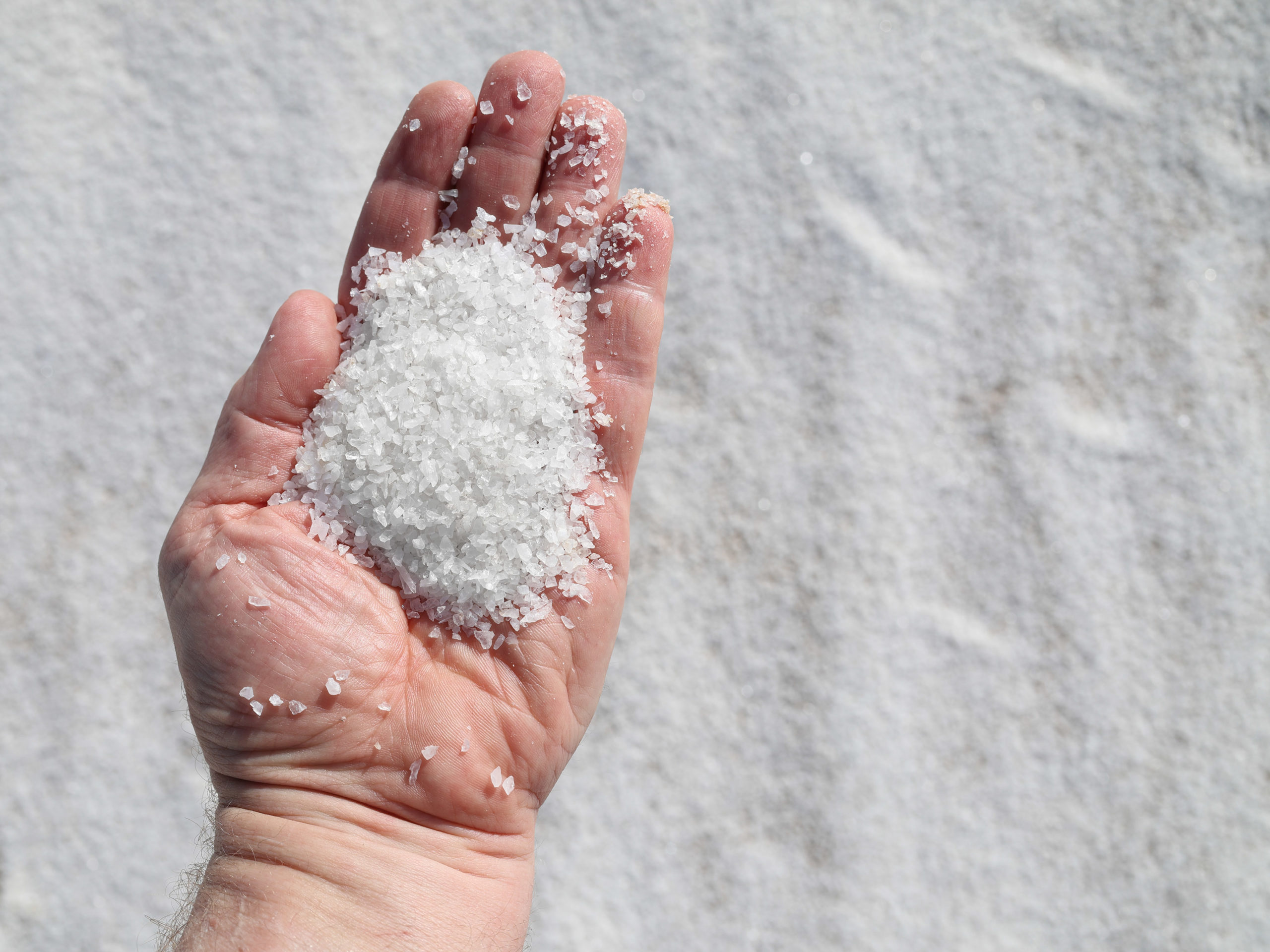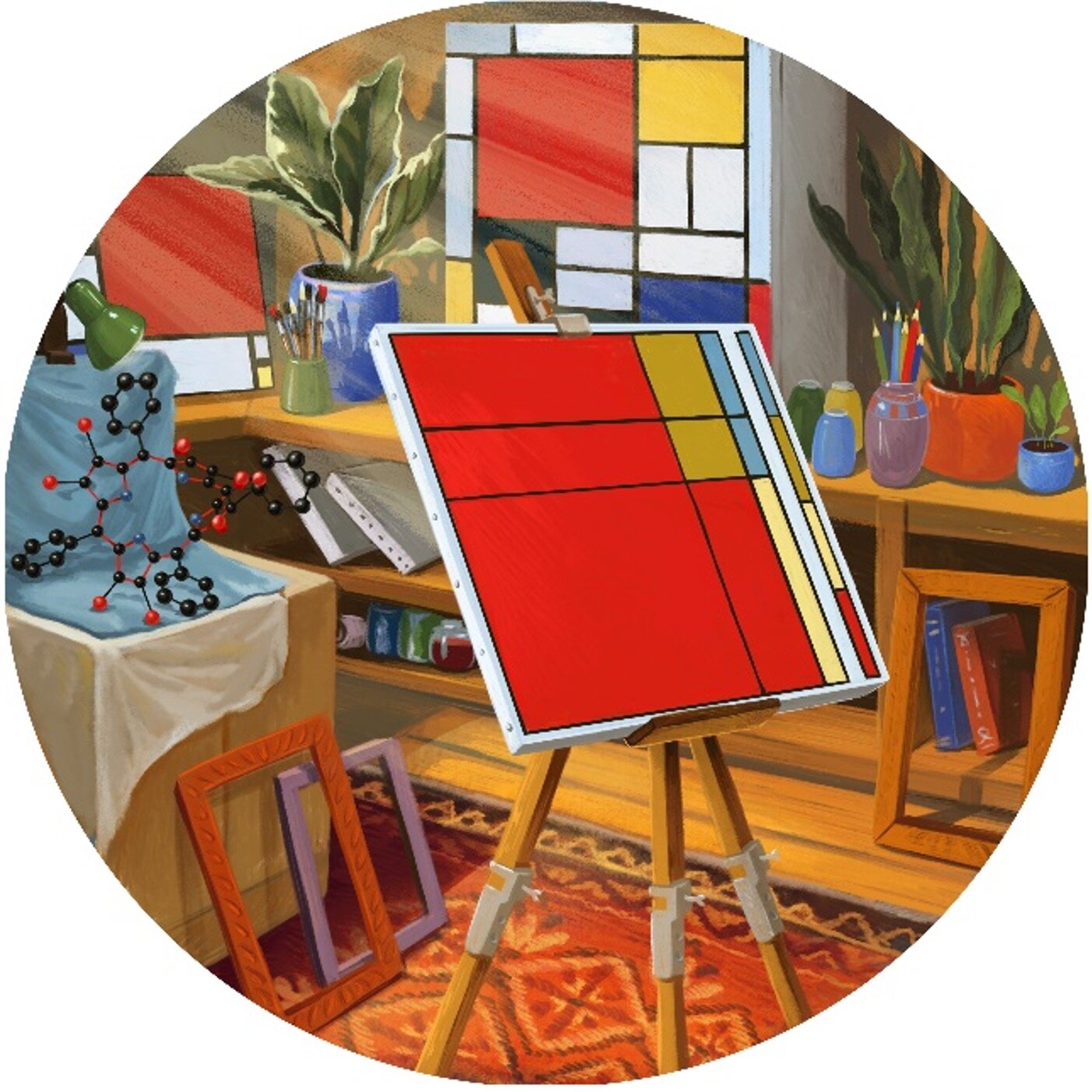Sensor-based sorting and value creation from mined quartz with TOMRA

The global market for quartz is growing steadily and this trend is set to continue, with ever higher levels of purity being demanded. This demand comes from different industries that have different requirements, requiring highly precise sorting of the minerals. This can be achieved with sensor-based colour and laser sorting technologies – used individually or in combination – as Jens Michael Bergmann, Global Segment Manager Industrial Minerals and Carolina Vargas Area Sales Manager Europe, India and Rest of the World at TOMRA Mining explained in a recent article.
He pointed out that the quartz market is expected to grow by about 4% annually over the next five years due to a variety of factors. Quartz is used in various industries that use the mineral in different ways – and therefore have different requirements. One of the most important sectors is engineered stone, which is used to make things like kitchen countertops. High-quality white quartz is in high demand for this application due to its extreme resistance to acid, stains and damage, as well as its attractive appearance. It is also considered an environmentally sustainable choice because it is abundant in nature and can be produced with minimal waste.
The other major market for quartz is the metallurgical industry as it is the best source of silicon metal and polysilicon, the semiconductor at the heart of electronics, which is also used in other products such as photovoltaic cells. Applications in the energy sector as the world switches to more sustainable sources such as solar and wind are driving demand for high purity quartz, which is an essential component of solar panels. The technology sector is also expected to be a growing market for high purity quartz, used in electronic devices, demand for which will continue to rise as the world becomes more connected and dependent on them. Quartz is also a source of ferrosilicon, which is used in smelting furnaces as a deoxidizer in the production of steel and other alloys – another growing sector. This application does not require the high purity of the previous sectors. Finally, the residue is used in the aggregates industry.
Bergmann says the challenge for mining operations is to meet the very specific requirements of different sectors. The metallurgy and engineered stone industries need to reliably supply quartz with consistently high chemical purity – and for silicon production and engineered stone manufacturers, a white product without impurities of the same colour as feldspar is also essential. In other metallurgy sectors, different levels of impurity are permitted, with darker quartz with lower purity going into ferrosilicon production. In addition to meeting these precise requirements, quartz mining operations must reach capacity to meet increasing demand while ensuring their profitability and reducing their environmental impact.
TOMRA Mining’s customized solutions combine color and laser sorters to differentiate minerals by color, composition and size to meet the specific needs of mining operations customers. This precise sorting delivers the high quality required while reducing waste and increasing productivity.
TOMRA Mining says its “unique” laser sorters “are the perfect solution for mining operations that require high-quality quartz, regardless of its color.” This technology was developed for TOMRA’s food division and has been used in the food industry since 1997. Adapting this proven in-house technology to mining applications was a logical progression for TOMRA Mining. The first laser sorter was purchased from Spanish company Erimsa in 2016 and has been in successful use ever since, consistently supplying high-purity quartz to the metallurgical industry.
TOMRA’s laser sorters use the scattering effect of multiple laser beams to separate a rock containing quartz from a similar-looking rock without quartz. Quartz reflects the laser light over a larger area than other minerals, making it appear as a bright crystal, while the other minerals have no scattering effect. Large and pure crystals can be clearly distinguished from other rocks or minerals with a smaller crystal structure, regardless of color or chemical composition. This results in consistently higher recovery rates and higher quality.
This technology proved to be the solution for Spanish quartz producer Ferroglobe, which was faced with the challenge of separating quartz ore from other impurities with the same color characteristics. “Optical sorting was not a solution to the problem and we had to consider separation based on other properties,” explains Fernando Alonso, mine manager. Tests carried out on samples at TOMRA’s test center in Wedel, Germany, showed that the laser technology was able to distinguish between high-quality white quartz and other impurities, while color sorting would not be able to separate them. The tests showed that with the laser sorter, Ferroglobe would be able to deliver quartz of consistently high quality.
Thierry Alary, VP Purchasing & Supply Chain at Ferroglobe, emphasized: “Operations will definitely improve. By solving this specific problem, sorting will be more precise, which will impact the recovery rate, avoid contamination and reduce further processing. In addition, we have identified development potential in other products and locations.”
To achieve the highest levels of purity, TOMRA’s laser sorters can be combined with color sorting technology. Once the laser sorter detects the uncontaminated quartz rock, the product is fed to the color sorter, which uses a high-resolution camera to identify materials based on their color and shape.
Turkish mining company Mikroman successfully uses this combination of TOMRA laser and color sorters for product differentiation to meet the different needs of the four industries it serves: white and light gray quartz with low iron oxide content for artificial stone; gray and yellow for the glass industry; colored for the ferrosilicon and metallurgy industries; and colored gravel for aggregates. A representative from Mikroman said: “Before using the TOMRA sorters, we were worried about the quality and low capacity, but now we have achieved the desired quality standard and noticed less waste, which means an increase in productivity.”
TOMRA’s laser sorters can also be equipped with red, green and blue lasers to perform simple color sorting tasks, giving mining operations the flexibility to adapt to changes in demand and switch from one sorting program to another as needed.
According to TOMRA, its sorting solutions efficiently remove more waste in the early stages, significantly reducing the material feed to the processing plant and consequently increasing the mine’s capacity. Less material goes through the crushing process and also results in significant cost and energy savings. “Considering that 3% of the world’s energy is used to crush rock, removing waste early can make an important contribution to the sustainability of the industry. In addition, if the material is sorted at the mine, far less material needs to be transported to the processing plant, further reducing the costs and environmental impact of the operation.”
Another benefit of precise sorting using TOMRA’s laser technology is the competitive advantage it provides to the mining operation, which can guarantee its customers high-quality, homogeneous quartz.
TOMRA uses its in-house expertise and practical experience to help quartz mining operations maximize the value of their assets and provide customized solutions that are precisely tailored to each customer’s specific situation and requirements. The test center plays an important role in identifying the most suitable technology and validating the proposed solution. The company adds: “TOMRA’s support goes beyond commissioning, as the team stays by the customer’s side to ensure that the equipment continues to perform optimally and to provide fast and effective support when needed.”



